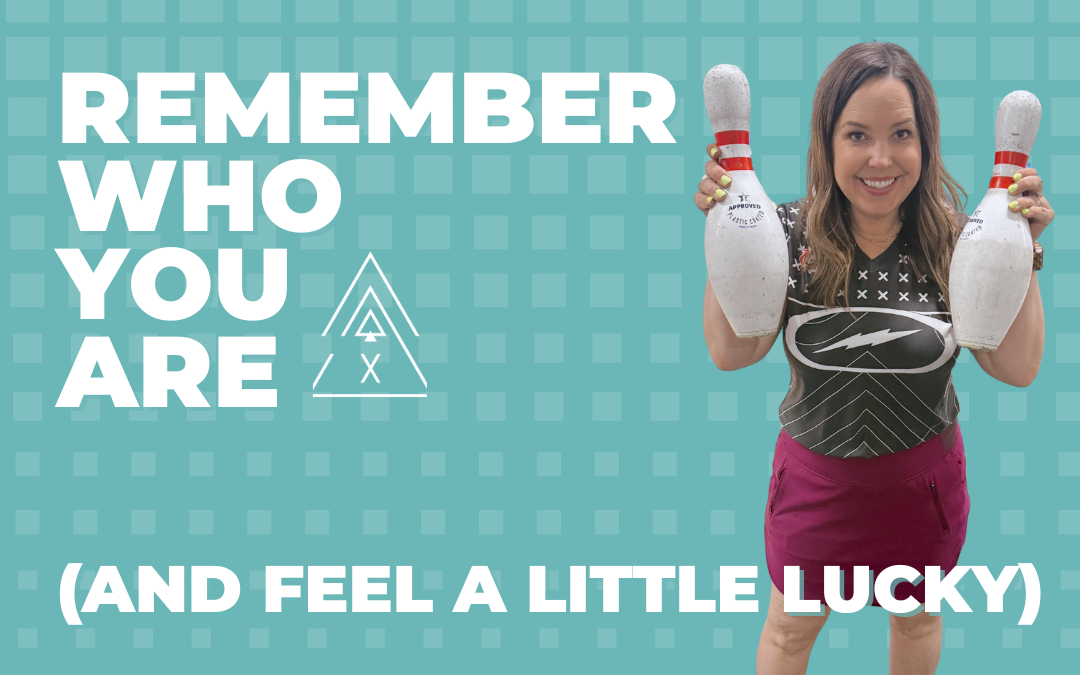If you follow my instagram, I have been talking a lot about goals again lately.
It’s almost April. Q2 of the year!
So I know a lot of you had goals this year, because what do we all do in January of any new year? We set “New Year Resolutions, right?”
How are they going? Did they die before they could live?
That’s okay! Let’s dig into that a bit here: what sometimes comes between us and our goals?
If you don’t feel like there’s time, then you have to ask yourself why. Are you not committed and making excuses because you actually want to choose a different goal?
Because guess what. There’s always time. It’s all about what you prioritize.
So maybe it’s worth digging deeper and reviewing your goals, to find the goals that you can really stand behind and prioritize. When it really truly means something to you, and if it’s in your heart and you feel that passion, there’s always time to do it.
It’s just so easy to not show up when your goal is not clear… or not aligned to you.
So to really achieve them, your goal needs to be something that makes you feel ALL IN. When it comes to your passion now is always the time. Get clear on your goals and make sure they really resonate with you on every level and then…no more excuses. It could be averaging higher on the lanes. It could be becoming a coach. It could be anything. If it is really something that you want to do, you prioritize it and you make time.
If my goal means something to me, I make the time to stay committed and consistent. Every day.
So, what else can you do right now to keep yourself motivated? Plan your goals using the Goldilocks principle.
The whhhaaa..? When did we start talking about a children’s book?
The Goldilocks Principle is actually a cognitive science and developmental psychology concept that I have learned and taught my students, on and off the lanes. The name was initially based on an infant’s preference for events that are neither too complex or too simple based on their understanding of their situation. However, it actually applies to how humans of all ages approach accomplishing tasks and how our mind is naturally wired with a sweet spot for motivation towards goals. Basically, the best-made goals are just the right size. They’re not too small and they’re not too big.
Humans are naturally attracted to challenges! We want nothing more than to master a skill just beyond the horizon. Tasks that are right on the border of success, within the optimal zone of difficulty, that we just need to give ourselves that extra push to get there.
Think about it this way. If you are an experienced bowler, bowling against a child, winning a match is too easy a goal. It won’t motivate you. On the other end of the spectrum, if you’re bowling a game against Jason Belmonte, you’re probably going to find yourself demotivated too — for a slightly different reason, the match is too difficult. If you bowl with an equal though, and the goal is to win, you’re in the Goldilocks zone. Victory is not guaranteed, but it’s possible, if you put in the effort. Your focus narrows, distractions fade away and you find yourself invested in what you’re doing.
Human beings love manageable challenges. It’s proven scientifically to be one way to keep us motivated and on track in the long term so why wouldn’t we want to use this in our goal setting toolkit? We experience peak motivation when working towards something right on the edge of our current abilities.
I applied this concept on the lanes just the other day when I was coaching. We had a really great couple-hour lesson and my student, Brenna, was practicing some new things that were hard for her. She could do them but just not yet every single time. Then I said, “okay, in order to move on to the next thing, you have to do this one thing five times in a row. If you miss it once, you have to start over.”
It wasn’t so hard that she actually couldn’t do it, but it wasn’t so easy that she was going to get through it with no problem. There were times where she had to start over and we had to recount. But she kept going. Because she knew she could do it. She experienced being motivated by the Goldilocks rule, even though she didn’t know it. She was striving towards something that wasn’t too hard, nor too easy. It was just right.
This Goldilocks rule is an important key to maintaining long-term motivation… and I’ve found that building smaller goals around this principle also sets a perfect path towards even bigger goals, or what I like to call your Outerspace goals (Okay, stole that term from Belmo!)
So want more help setting your goals and keeping you on the right path to achieving them?
If you found this useful, this is just a snapshot of what I’ll guide you through if you join the next GoalsLab…










0 Comments